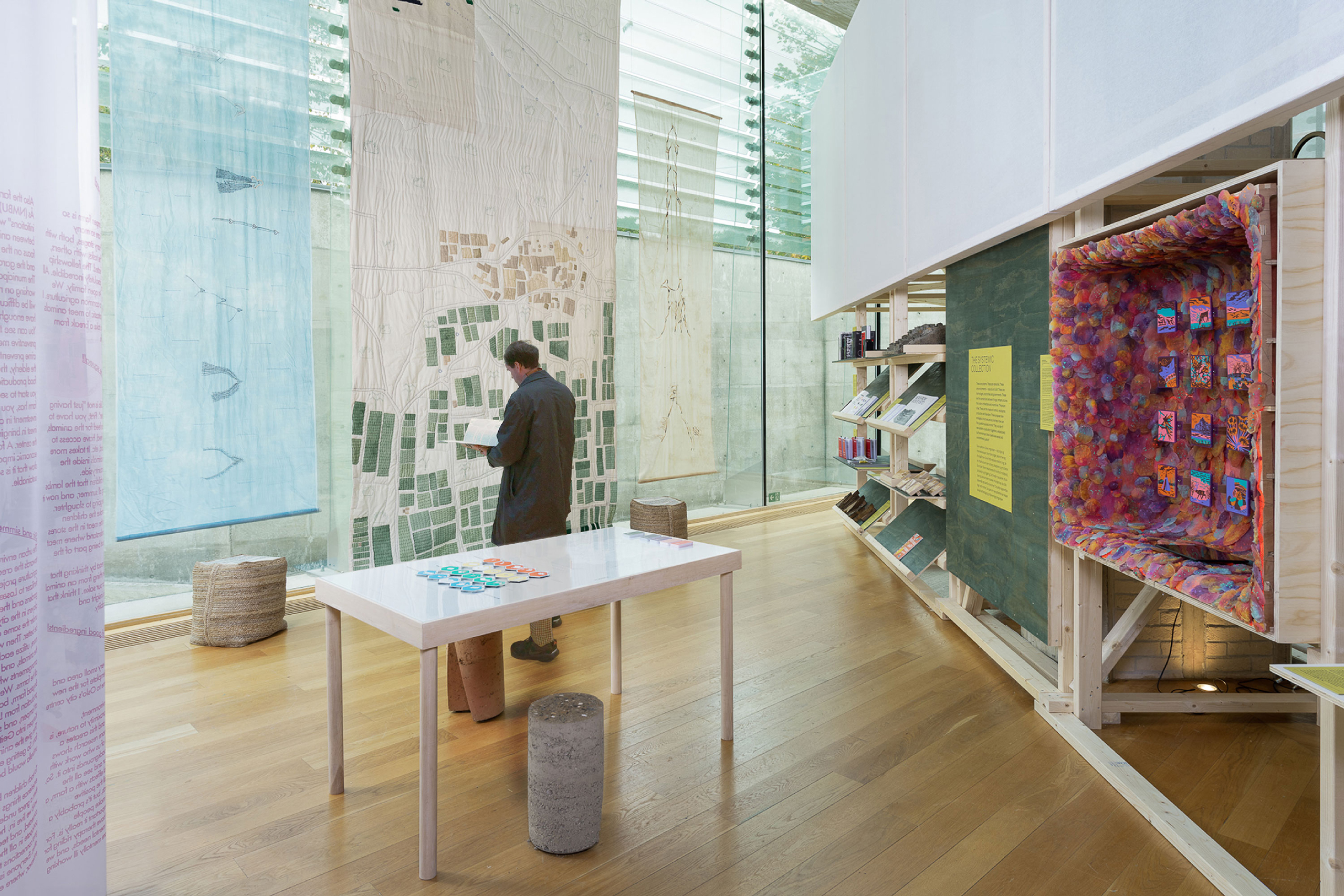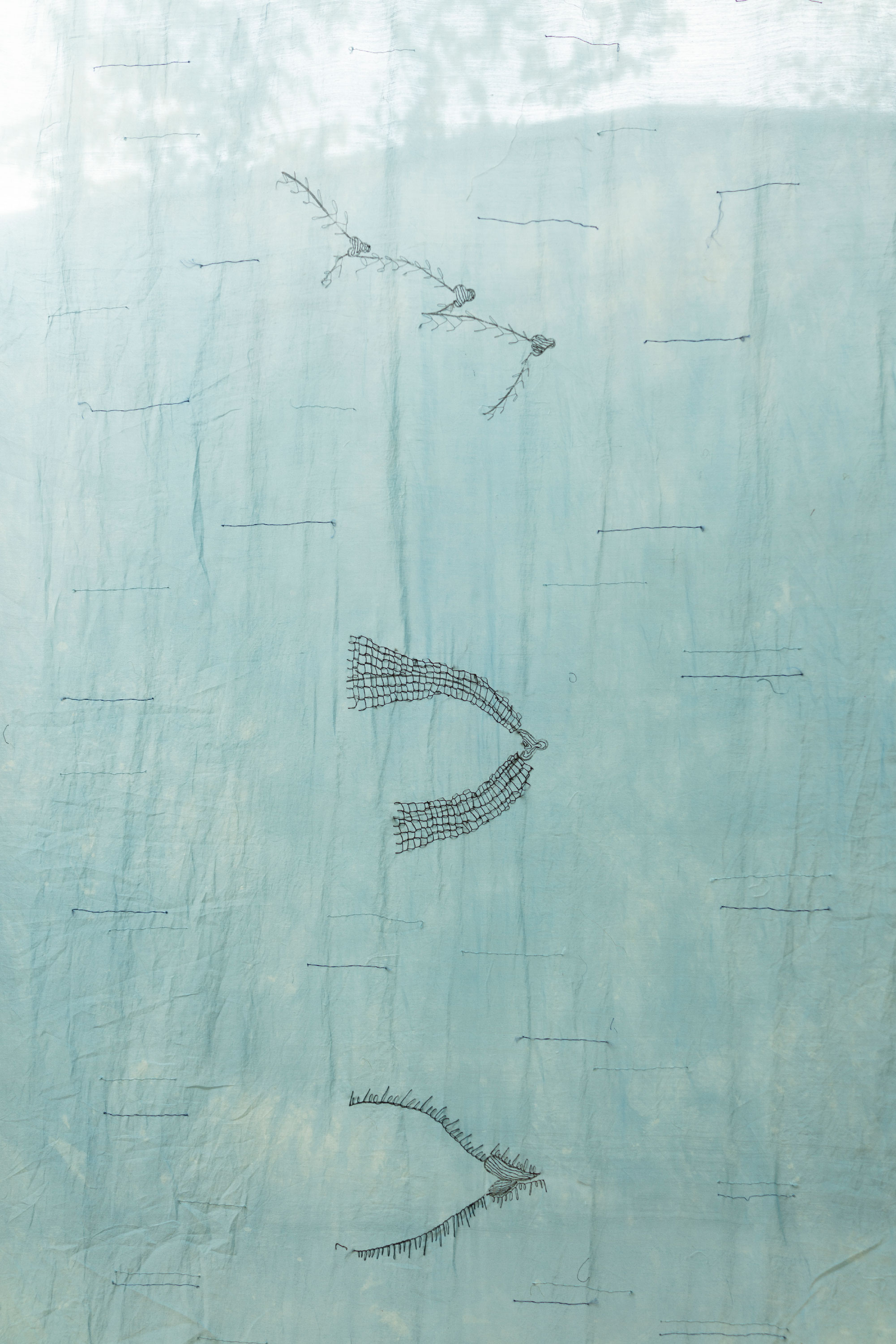In the long spans of highways that disinterestedly cut across the peninsula’s desert, the vast reclamation of the sea along the coasts and clearing away of agricultural land in the Gulf cities; the narrative of an oil economy has overwritten previous traditions of landscape and territory. The idea of the Arabian landscape and its physical embodiment have completely shifted from what had existed even a generation or two prior; a result of modern planning and mapping tools, new technologies and equipment to shape land, and the emergence of national narratives have changed past relationships to land and territory.







The need to subdivide, plan, and develop land has become the de-facto engagement with territory, while ideas of growth have largely served real estate speculation rather than production or cultivation. The availability of desalinated water, imported food and technocratic solutions to the problem of living in an arid climate have changed the priorities away from practices entrenched in land-knowledge towards rent-based urban development backed by oil funds. The desert kites across the Arabian Peninsula, the qanat/falaj water systems of the agricultural areas, and the fish traps of the Gulf coast – are all clear examples of planning practices.
A series of applied forms inscribed into, or constructed onto the topography by a community, these lines span several kilometers of territory with the expressed aim of creating a collective infrastructure. In contrast to the coded practices of city making, these lines were drawn based on an a-priori configuration, tested over thousands of years and embody a set of cultural and political planning practices. Rules over planting, subdivision of land, arbitration, water distribution, inheritance reveals the deliberate and painstaking development of planning as both formal and political processes. In this regard, the landscape of the Gulf is far more urban than its cities.
DESIGN:
CIVIL ARCHITECTURE - HAMED BUKHAMSEEN & ALI ISMAIL KARIMI
TEXTILE DESIGNER:
HALA KAIKSOW
RESEARCH TEAM:
FATIMA NICKAHDAR, HANAN ASHHAD, JAFFAR HADDAD, ALANOOD ALKHAYAT
PHOTOGRAPHY:
ISTVAN VIRAG, ALI ISMAIL KARIMI, LUIS CALLEJAS
CATALOGUE + GRAPHIC DESIGN:
STUDIO LOB (JANNIS ZELL + PHIL ZUMBRUCH)
LOCATION:
OSLO ARCHITECTURE TRIENNALE, NORWAY
YEAR:
2019